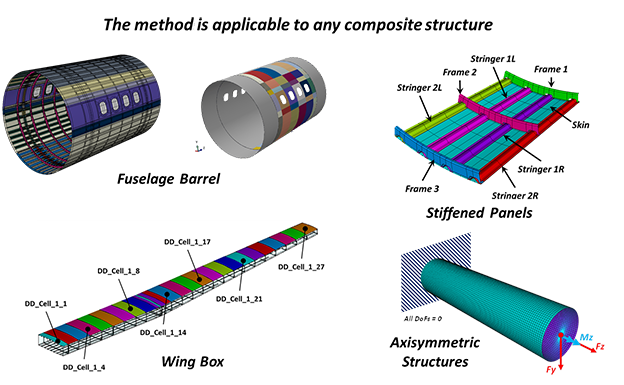
A new laminate theory: : simplified, invariant and universal
Download the presentation by S.W. TSAI (december 2023)
The use of Carbon Fibre Reinforced Plastic (CFRP) materials is common practice today in many industrial fields (such as aeronautics, automotive, space, railways, and sports), but, unfortunately, design methodologies have remained practically unchanged since the world first began appreciating their potential benefits in the early 1970s.
The design and structural optimization of these types of materials is strongly influenced by the huge number of variables involved. In fact, while the customization of the staking sequences can generate very efficient structures, on the other hand it leads to remarkably complex mathematical models and expensive structures.
In order to limit the number of variables and, above all, to preserve the knowledge acquired in the past decades, the possible variations of the ply-angle are basically limited to four: 0 °, 90 °, 45 °, -45 °. The laminates with such ply-angles are the so-called QUAD laminates. The use of only these ply-angles, associated with the so-called rules of good composite design, leads to considerable manufacturing complexity and therefore to high manufacturing costs.
In the last few years, thanks to research led by Stanford University and Prof. Tsai, it has been shown that a new family of laminates could not only greatly simplify the design phase, but also significantly reduce manufacturing costs. This laminate family has been named Double-Double. As the name already suggests, each laminate is identified by only two ply-angles, and, more importantly, can be characterized by a single mechanical property, Tsai’s Modulus, just like classic isotropic materials.

